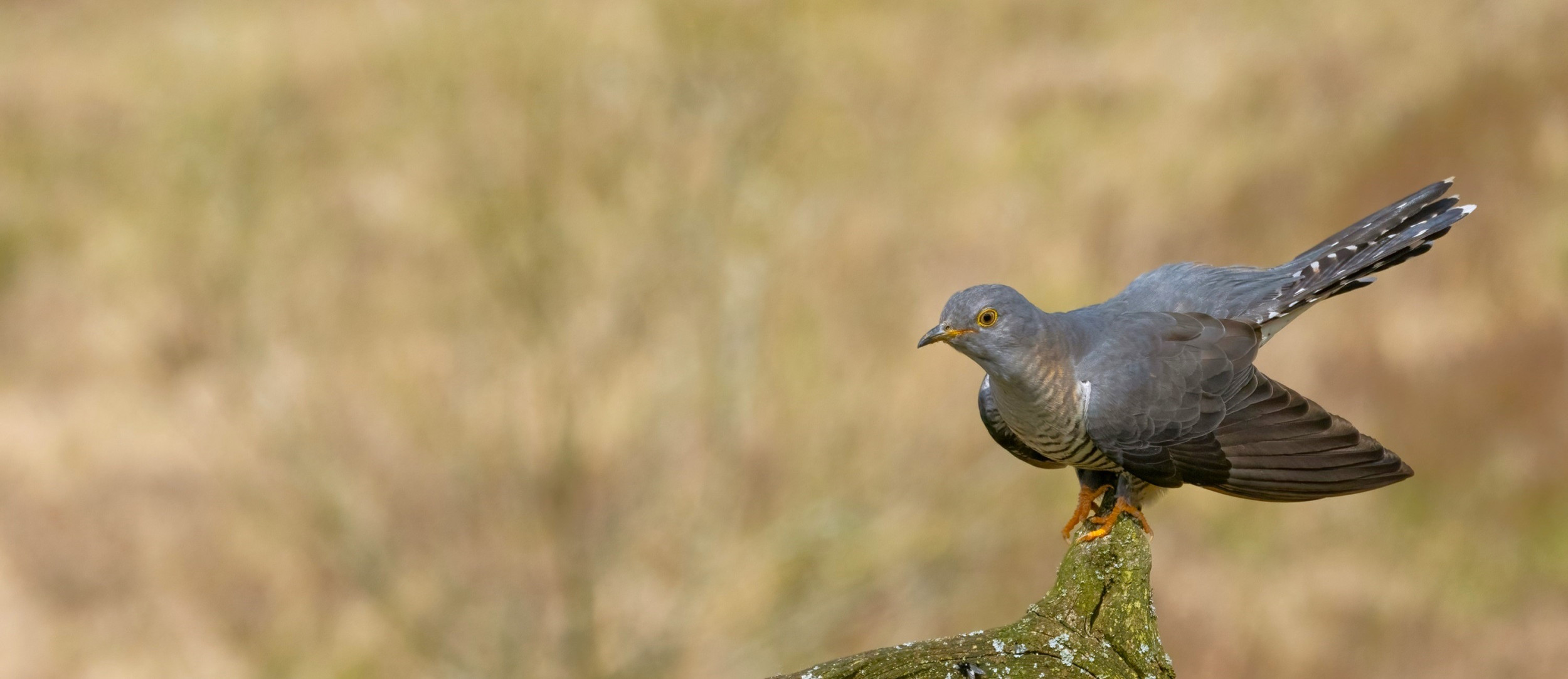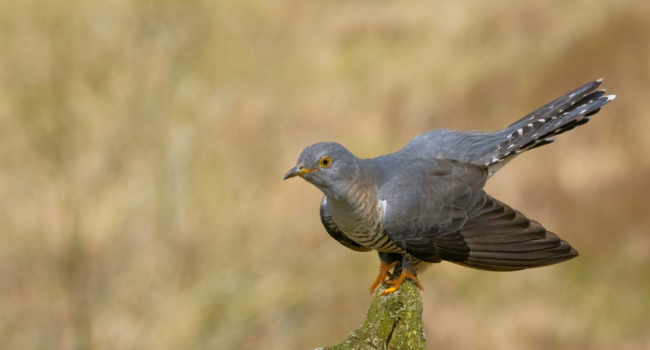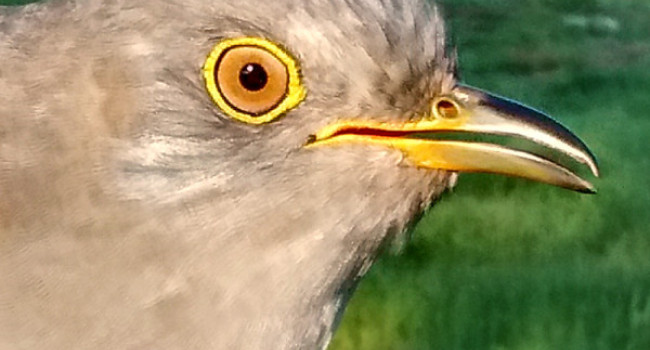Selborne didn't stay very long in northern France. He is currently on the west coast, to the east of Rochefort.
Updates from our Cuckoos
Read the latest updates from our Cuckoos on their epic migration between the UK and tropical Africa, or track their movements in real-time on our Cuckoo migration map.
- If you enjoy these updates, please consider sponsoring a Cuckoo. Sponsors receive special updates about their chosen Cuckoo in the Cuckoo e-newsletter.
Selborne on the west coast of France
26 Jun 2018
Raymond isn't hanging around
26 Jun 2018
Since leaving the Knepp Estate it seems that Raymond has the bit between the teeth. Having spent only a couple of days in northern France, by 22 June he was on the move again. Locations received mid-afternoon on 24 June showed that he had crossed the western end of the Pyrenees and continued south into Castilla y Leon in northern Spain. He is currently moving around wooded hillsides close to Olvega.
PJ has left the forest
26 Jun 2018
A series of locations received from PJ's tag on the evening of 23 June showed that he was no longer in Thetford Forest, Norfolk and that he was in northern France. He is currently in Burgundy, between Carisey and Tissey, an area of farmland interspersed with fairly large tracts of woodland.
Amazing movement from Larry
26 Jun 2018
On the evening of 20 June, Larry was still at his tagging site in the Forest of Bowland, Lancashire. On the evening of 22 June he was 1,554km (964 miles) south east of that location and in Slovenia. Having moved a little further south since, he is currenlty on the Croatian island of Cres. He stopped here in 2017, arriving on 22 June, this year he arrived there a day later. In 2017 he remained on the island until 17 July before moving to southern Italy.
Sylvester is off
22 Jun 2018
During the evening of 21 June we received a series of locations from Sylvester's tag that showed he was in northern France, in the area of the Somme close to Amiens.
Sherwood has crossed the Channel
22 Jun 2018
Having spent a bit of time around the Hayling Island area in Hampshire, Sherwood is now in northern France and is moving around pockets of woodland on the banks of the Seine, close to Gaillon.
Selborne heading south again
22 Jun 2018
Having successfully completed a full migration to and from Africa Selborne is on his way again. He is currently in the area he used as a stopover last year and close to Chateaubriant.
Robinson is on his way
22 Jun 2018
Robinson has left Sherwood Forest, Nottinghamshire, and has flown 540km (336 miles) southeast into northern France. He is currently moving around an area of wooded valleys south of Chamouille.
Raymond has crossed the Channel
22 Jun 2018
Raymond has left the Knepp Estate in Sussex and is in northern France, just to the north of Cergy and 35km (21 miles) northwest of Paris.
Bowie moving south
22 Jun 2018
Having spent 9 days in woodland just to the south of Orleans, Bowie has moved again. On 19 June we recieved locations from his tag that put him in woodland 175km (108 miles) further south and east, a few kilometers southeast of Louroux-Hodement. He is now over 600km from his tagging site.





Share this page